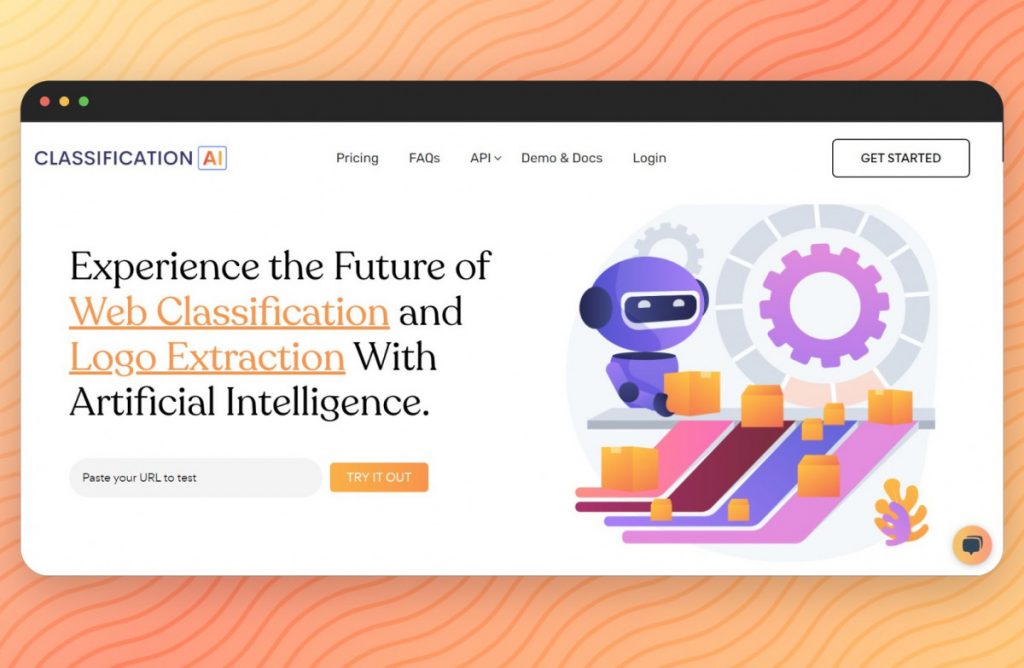In today’s digital age, the internet is flooded with an overwhelming amount of information. As developers, it is crucial to efficiently categorize and classify URLs to ensure a seamless user experience and effective data management. This is where a URL Classification API comes into play. In this article, we will provide a quick guide for developers on how to use a URL Classification API effectively.
What is a URL Classification API?

A URL Classifications API is a powerful tool that utilizes advanced algorithms and machine learning techniques to automatically classify and categorize URLs based on their content. By analyzing the content of a URL, the API can determine its category or topic, allowing developers to organize and manage URLs in an efficient and meaningful way.
Step 1: Integration and Authentication
The first step in utilizing a URL Classifications API is to integrate it into your application or system. This typically involves accessing the API’s documentation and obtaining the necessary credentials or API keys. These credentials are used to authenticate and authorize access to the API.
Once you have obtained the credentials, you can proceed with integrating the API into your codebase. This may involve importing the API client library and establishing a connection with the API server using the provided credentials.
Step 2: Making API Requests
With the API integrated, you can start making requests to the URL Classifications API. The API requests typically include the URL that needs to be classified and any additional parameters or options required by the API.
To make a request, you need to utilize the API client library and send the URL to the API server. The server will then analyze the content of the URL and provide the classification results.
Step 3: Handling API Responses
Once you have made the API request, you will receive a response from the API server. The response will include the classification results for the URL. These results typically include the category or topic of the URL and any associated confidence scores.
It is crucial to handle the API response in your application code. You can extract the classification results from the response and use them to organize, filter, or display the URLs in your application. Additionally, you may want to consider handling any errors or exceptions that may occur during the API request.
Step 4: Customization and Configuration
Most URL Classification APIs allow developers to customize and configure the classification settings based on their specific needs. This includes defining the categories or topics that the API should classify the URLs into.
During the configuration process, it is important to consider the granularity and specificity of the categories. Too few categories may result in broad classifications, while too many categories may lead to excessive complexity and reduced accuracy. Striking the right balance is crucial to ensure meaningful and useful classification results.
Additionally, some APIs may provide options to adjust the sensitivity or confidence threshold for the classification. This allows developers to fine-tune the classification results based on their application’s requirements.
Step 5: Evaluation and Refinement
URL classification is an ongoing process, and it is important to regularly evaluate and refine the classification results. This involves analyzing the classification accuracy, reviewing misclassified URLs, and making adjustments to the classification settings if required.
By continuously evaluating and refining the classification process, developers can improve the accuracy and effectiveness of URL classification in their applications.
To make use of it, you must first:

- Go to URL Classification API and simply click on the button “GET STARTED” to start using the API.
- After signing up in Classification.ai, you’ll be given your personal API key. Using this one-of-a-kind combination of numbers and letters, you’ll be able to use, connect, and manage APIs!
- Employ the different API endpoints depending on what you are looking for.
- Once you meet your needed endpoint, make the API call by pressing the button “Run” and see the results on your screen.
Conclusion
A URL Classification API is an invaluable tool for developers to efficiently categorize and classify URLs based on their content. By following the steps outlined in this quick guide, developers can integrate and utilize a URL Classification API effectively, improving the user experience and enhancing data management. With advanced algorithms and machine learning models, URL Classification APIs offer a powerful solution for organizing and managing URLs in today’s digital landscape.
Read More: Real time categorization api for development purposes

